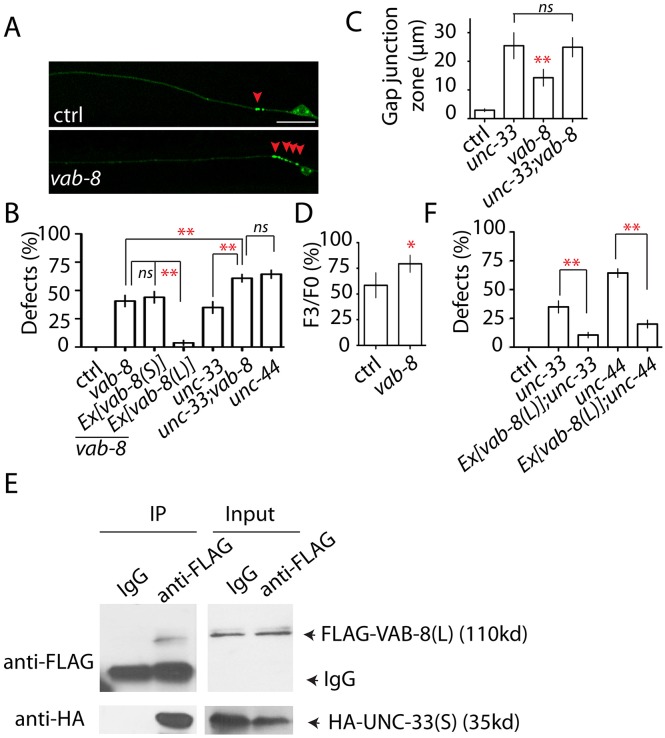Fig 5. VAB-8 functions downstream of UNC-44 to regulate gap junction turnover.
(A) Confocal images show the distribution of GFP::UNC-9 puncta in control and vab-8(lf) animals. (B) Quantification of the percentage of animals with more than four GFP::UNC-9 puncta at gap junction zone 1 in mutant and rescue strains. Pmec-4 promoter was used to express vab-8(L) and vab-8(S) cDNA in PLM neurons. (C) Quantification of the length of gap junction zone 1 in wild type and mutants with enlarged gap junction zone. N>20 animals. (D) Quantification shows that after local photoactivation of PAGFP::UNC-9 at gap junction zone 1, the fluorescence intensity decreases about 43% at gap junction zone 1 in control animals, and loss of function of vab-8 suppresses the decrease of PAGFP::UNC-9 intensity. N>15 animals. (E) VAB-8(L) binds to UNC-33(S) in vivo. (F) Overexpression of vab-8(L) suppresses unc-33(lf) and unc-44(lf) phenotypes. Each experiment was performed with N>200 animals at least three times. For transgenic animals the results shown here are generated from at least three independent lines. Data are shown as mean ± SD. Student’s t-test, ** p<0.01, * p<0.05, ns: no significant difference. Scale bar: 10 μm.

